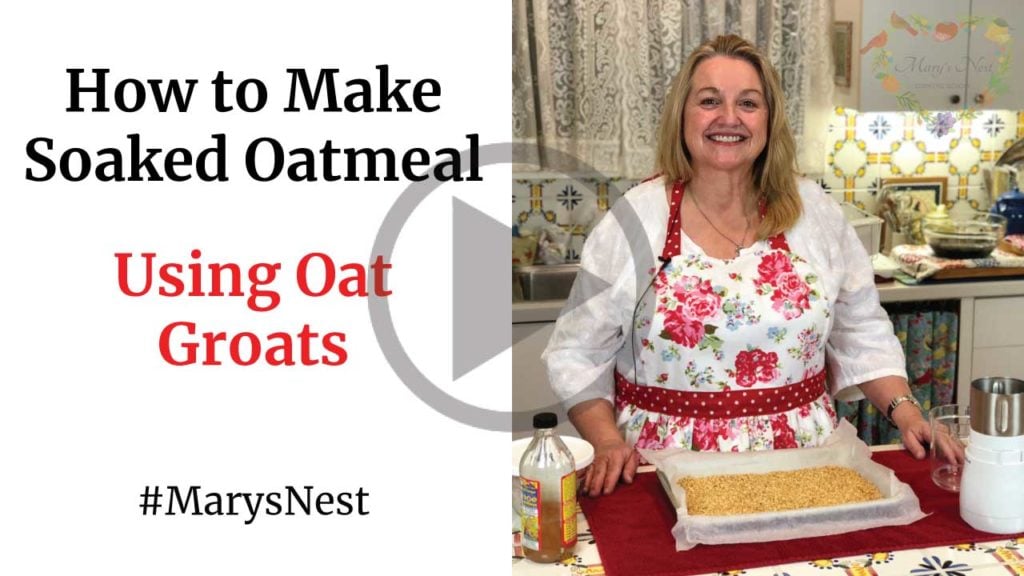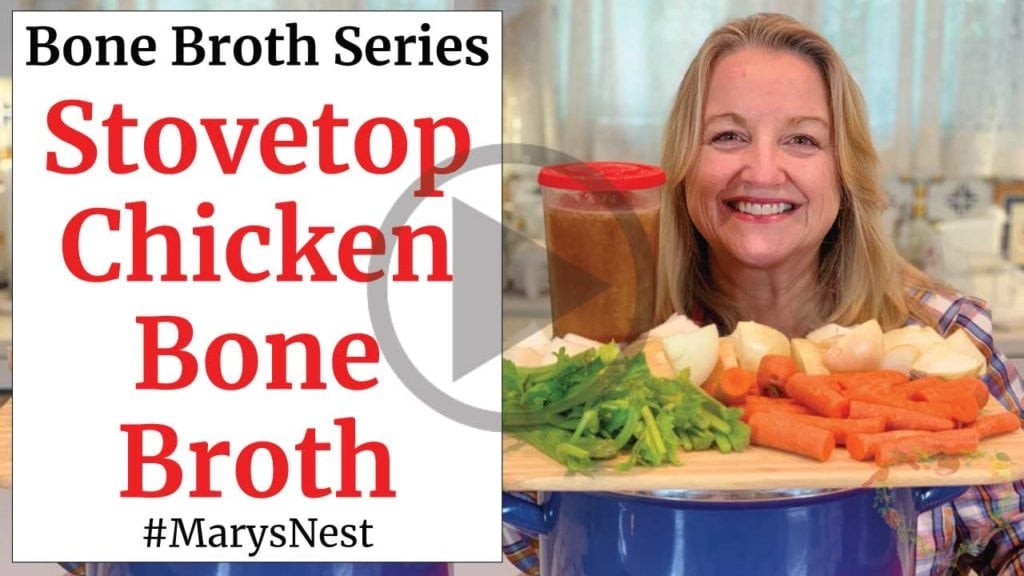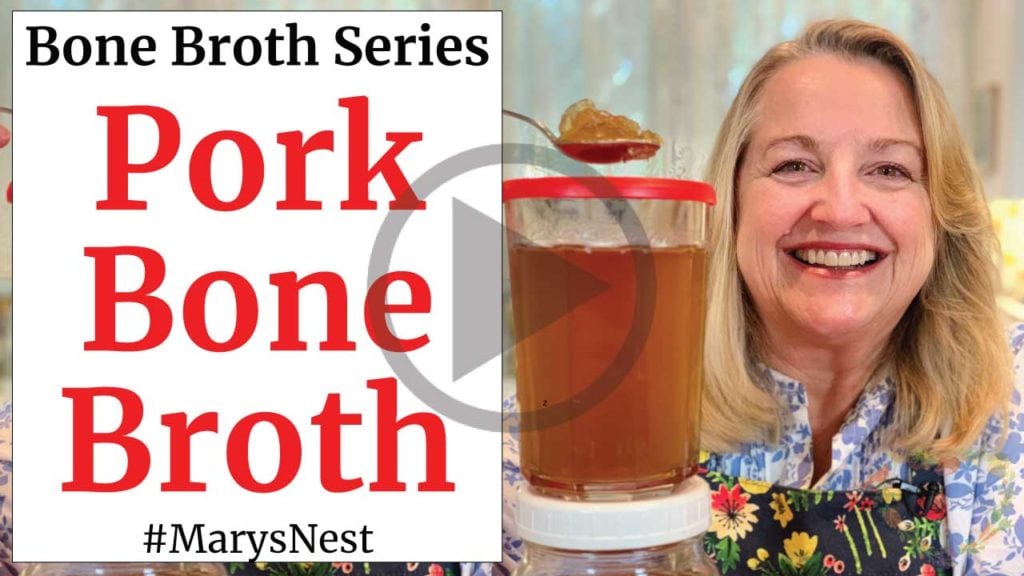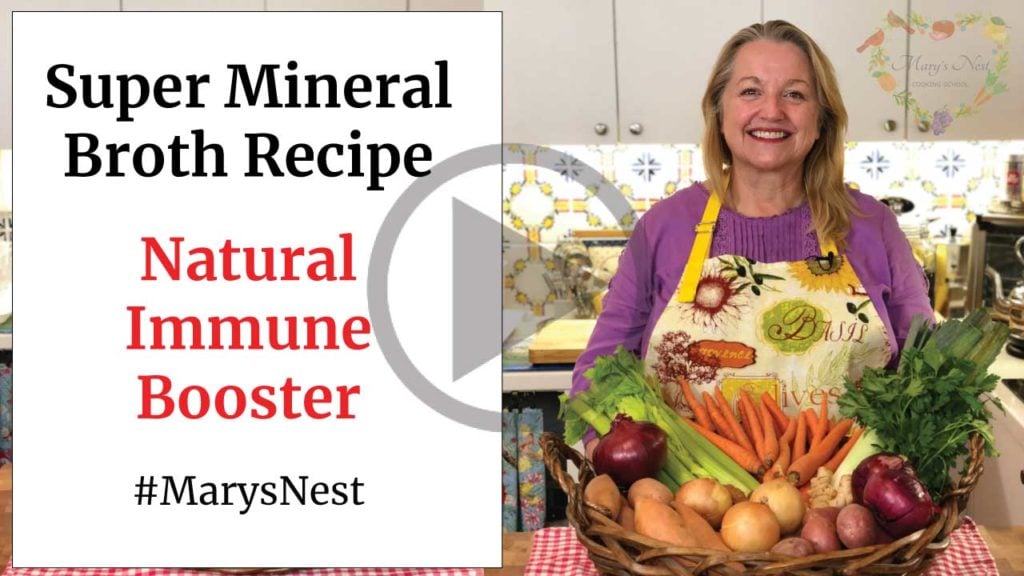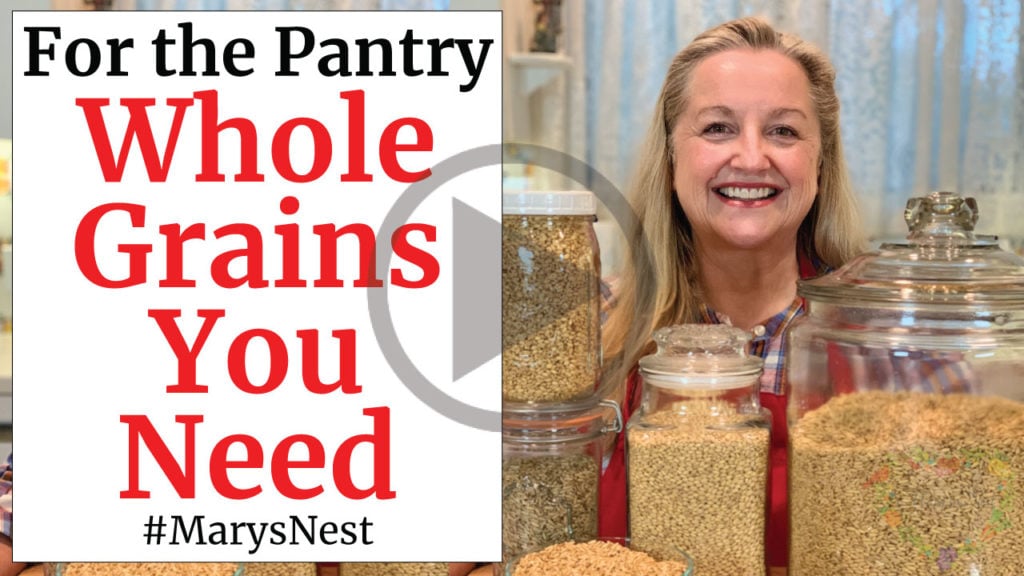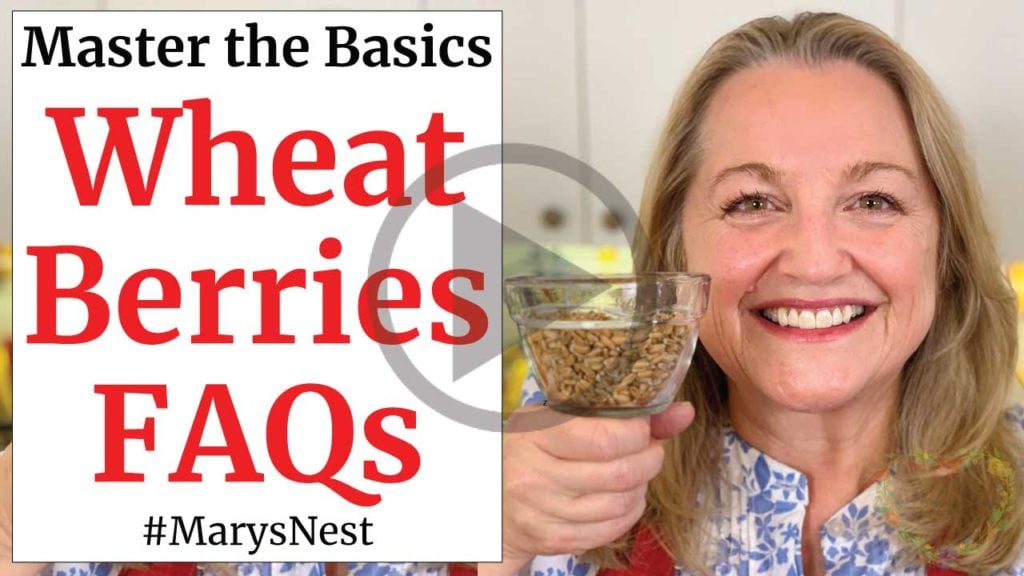Affiliates note: As an Amazon Associate I earn from qualifying purchases. My content may contain affiliate links to products and services. If you click through and make a purchase, I'll receive a small commission. It does not affect the price you pay.
The Best Way to Cook Whole Grains

Learn the Best Way to Cook Whole Grains depending on the type of whole grain you’re cooking.
- Why Cook Whole Grains
- Three Methods for Cooking Whole Grains
- Pasta Method for Cooking Grains
- Absorption Method for Cooking Grains
- Pilaf Method for Cooking Grains
Affiliates note: As an Amazon Associate I earn from qualifying purchases. My content may contain affiliate links to products and services. If you click through and make a purchase, I’ll receive a small commission. It does not affect the price you pay.
Why Cook Whole Grains
You might be wondering, “Why are we cooking whole grains?” Many of us think of whole grains as something you grind into flour for baking. But whole grains are so much more versatile than that!
You can cook any whole grain in its whole form to:
- Serve as a main dish,
- Serve as a side dish in place of rice or pasta,
- Use in a salad or in a soup,
- Use as stuffing from bell peppers to turkey.
Incorporating whole grains into our meals adds a variety of flavors and provides us with a bounty of nutrients. Whole grains include protein as well as fiber to aid digestion. Plus, whole grains are rich in B vitamins, antioxidants, and minerals, including iron, zinc, copper, and magnesium. In the following research study, scientists tell us that whole grains can help combat obesity, type 2 diabetes, heart disease, and even cancer!
Three Methods for Cooking Whole Grains
To get the best results, you need to cook your grains according to the method that will make them come out perfect every time.
There are three methods for cooking whole grains:
- Pasta Method
- Absorption Method
- Pilaf Method
Firm whole grains tend to do best when you cook them according to the Pasta Method. More tender grains benefit from the Absorption Method.
But what about the Pilaf Method? In reality, this method is an off-shoot of the Absorption Method. Certain tender grains do best if you toast them first, and this toasting process is known as the Pilaf Method. After toasting, you’ll cook the grains using the Absorption Method.
Why toast? Certain tender grains can be very bland, but once you toast and cook them, their flavor improves tenfold!
Pasta Method for Cooking Grains
As mentioned earlier, firm grains cook best when you cook them according to the Pasta Method. As the name implies, you will cook the whole grains n the same way you would cook pasta—in lots of boiling water.
The general rule of thumb is 8 cups of boiling water for every 1 cup of uncooked firm whole grain. You can salt the water if you want.
The following firm whole grains benefit best from being cooked according to the Pasta Method. (The list includes cooking times for each of the whole grains.)
- Cracked Wheat, 15-20 minutes
- Einkorn, 30-40 minutes
- Emmer (Farro), 15-20 minutes
- Kamut, 40-60 minutes
- Hard Wheat Berries (both red and white), 45-60 minutes
- Oat Groats, 30 minutes
- Rye, 50-60 minutes
- Soft Wheat Berries (both red and white), 30-45 minutes
- Spelt, 45-50 minutes
When you cook your whole grains according to the Pasta Method, be sure to test the grains just like you would when cooking pasta. Test the grain at its shortest cooking time for proper tenderness. You want it to be easy to chew but not mushy. Firm whole grains should be cooked al dente—the same texture of properly cooked pasta.
You may see instructions on the packaging for cooking these firm grains using the Absorption Method, which I discuss in detail below. However, I recommend that you do not cook these firm whole grains using the Absorption Method.
When it comes to firm grains, if you use the Pasta Method, they will cook evenly. In contrast, the Absorption Method might cook the grains unevenly, leaving some undercooked and others overcooked. So if you have been dissatisfied with the whole grains you previously cooked with the Absorption Method, give the Pasta Method a try. You’ll be glad you did!
A Note About Oat Groats
If you found it strange to see oats in the firm grain list and wonder if they can be served as a savory dish, the answer is a resounding YES! Oats are delicious tossed with butter and salt, added to soups, or tossed in a salad.
Oat Groats are incredibly versatile. In addition to being cooked as a savory dish, you can also turn them into the best oatmeal you have ever had! And I show you how in my How to Make Soaked Oatmeal Using Oat Groats recipe video.
Absorption Method for Cooking Grains
When you cook tender grains, the absorption method works best. If you’ve cooked rice before, you’re familiar with this common method of cooking. This method involves measuring out how much grain you want to cook and then match the measured amount with the correct amount of water that the grain needs to absorb to be cooked properly.
When using the Absorption Method, you’ll bring the water—salted if you want—to a boil in a saucepan or soup pot and then stir in your tender whole grain. Next, cover the pot, turn the heat down to low, and simmer according to the amount of time needed for the tender whole grain to absorb all of the water. (See cooking times below.) After the cooking time completes, turn off the heat and keep the cooked tender whole grain in the covered pot for five minutes. Lastly, take the lid off and fluff with a fork to serve in a dish or add to a recipe.
Tender grains can certainly be cooked using the absorption method, but some tender grains lend themselves to first being cooked using the Pilaf Method before moving on to the Absorption Method. (I describe the Pilaf Method in more detail below.) Either way, the cooking times for the Absorption Method or the combination Pilaf/Absorption method remain the same.
The following tender whole grains benefit from being cooked using the Absorption Method. Each grain assumes one cup, and you’ll add the accompanying cups of liquid for the listed cooking times:
- Amaranth, 1 1/2 cups water, 20 minutes
- Buckwheat, 1 3/4 cups water, 20 minutes
- Bulgur wheat, 2 cups water, 10 minutes
- Millet, 3 cups water, 30 minutes
- Quinoa, 2 cups water, 15 minutes
Broths to Use for the Absorption Method
When it comes to cooking grains using the absorption method, you are not limited to just using water. You can use broth, bone broth, vegetable broth, or flavor your water with a variety of liquids, including citrus juice, tomato paste, herbs, spices, and more!
For some ideas on alternative liquids to use in place of plain water when cooking grains using the absorption method, check out the following videos where I share a selection of bone broths and a mineral-rich vegetable broth.
Pilaf Method for Cooking Grains
Most tender grains benefit from being cooked starting with the Pilaf Method. This method begins with a simple toasting of the grain in a dry pan before adding the liquid. This is the very basic Pilaf Method. If you want to get fancy, you can first toast your tender whole grains in butter or other fat along with some herbs and spices!
Once you toast the tender whole grain to your liking, you’ll move on to the Absorption Method described earlier and finish the cooking process.
The only tender grain that I don’t recommend using with the Pilaf Method is Bulgur Wheat. The reason is that Bulgur Wheat has been steamed or par-boiled and then ground to a fine, medium, or coarse texture. So in essence, it is no longer in its whole form. If you try to toast it first before moving on to the absorption method, you may create a gummy or mushy final product.
How to Shorten Cooking Times
To shorten the cooking time of any whole grain, you can soak it overnight and then drain the water the next day before proceeding with the appropriate cooking method.
Soaking firm whole grains before cooking them can shave off approximately 20 minutes from the overall cooking time. When it comes to cooking tender grains that have been soaked overnight, they will literally cook up in a matter of minutes!
Other Benefits of Soaking Grains
Soaking whole grains not only shortens their overall cooking time, it also makes the grains more digestible. Whole grains contain a substance known as phytic acid, an antioxidant that helps us fight disease. However, phytic acid can also strip our bodies of certain minerals, including iron, and prevent their absorption.
But by soaking our whole grains, we can deactivate some of the phytic acid, and that process will minimize the amount of minerals that the acid will strip from our bodies. We can’t deactivate all the phytic acid, but that’s not necessarily a bad thing since as I mentioned above, it also offers us some antioxidant benefits. So soaking our grains basically gives us the best of both worlds!
More Whole Grain Videos
If you want to learn more about whole grains, including which ones to store in your pantry, how best to store them, and how to turn them into flour, be sure to check out the videos below.
Stay in Touch with Mary’s Nest
- Subscribe to My YouTube Channel for Traditional Foods Videos (Free) - When you subscribe, be sure to click on the notification bell that will let you know each time I upload a new video.
- Subscribe to Mary’s Traditional Foods Newsletter (Free) - Get a free 36-page eBook for signing up: How to Stock Your Essential Traditional Foods Four-Corners Pantry.
- Join the Traditional Foods Kitchen Academy (Optional Paid) - For more detailed videos and exclusive members-only perks, join my YouTube membership community.
- Order The Modern Pioneer Cookbook (Optional Paid) - Get a printed book of Mary's nourishing recipes from a Traditional Foods Kitchen. This bestselling cookbook is published by Penguin Random House with their DK imprint.
I look forward to having you join me in my Texas Hill Country Kitchen!
Shop for items used in this blog post or video
Favorite Whole Grains
- Einkorn Berries
- Spelt Berries
- Kamut Berries
- Whole Wheat Berries
- White Whole Wheat Berries
- Rye Berries
- Oat Groats
Favorite Grain Grinder
- 5% off Mockmill Grain Grinder and Whole Grains (including Ancient Grains Einkorn, Emmer, and Spelt). Use the promocode below.
Learn more about Mockmill electric grain mills for making fresh flour and their Flake Lover's Flaker that flakes whole grain in minutes.
Favorite Kitchen Supplies
- Favorite Aprons
- Whisk
- Silica Gel Packets (Helps keep moisture from building up in your mix)
- Cast Iron Dutch Oven
- 8-Quart Slow-Cooker
- Fat Separator (Clever kitchen device to help you decant bone broth)
- Flour Sack Towels
- Masontops Fermentation Kit (promo code below)
Use promo code MARYSNST for a one-time 15% off Masontops and Breadsmart products on Amazon.com.
Amazon Shop and Shopping Guide
- Visit Mary’s Nest Amazon Shop
- Visit my Shopping Guide page
Get up to 15% off for stocking your Traditional Foods Pantry and equipping your Modern Pioneer Kitchen, including discounts from US Wellness Meats, Farmhouse Teas, Lehman's, Masontops, Cultures for Health, Survival Garden Seeds, Redmond Real Salt, Plan to Eat, and More!
Recommended Reading
Disclaimer:I am not a medical doctor, a medical professional, a dietician, or a nutritionist. All content found on the MarysNest.com website, including text, images, videos, eBooks or eGuides, social media, or other formats, were created solely for informational purposes only. The content is not intended to be a substitute for professional medical advice, diagnosis, or treatment. Always seek the advice of your physician or other qualified healthcare provider with any questions you may have regarding a medical condition or proper nutritional advice. Never disregard professional medical advice or delay in seeking it because of something you have watched in a video or read on this website. Use caution when following the recipe in this video. The creator and publisher of this video and website will not be held responsible for any adverse effects that may arise from the use of this recipe and method or any other recipe and method on this website or corresponding video channel.
